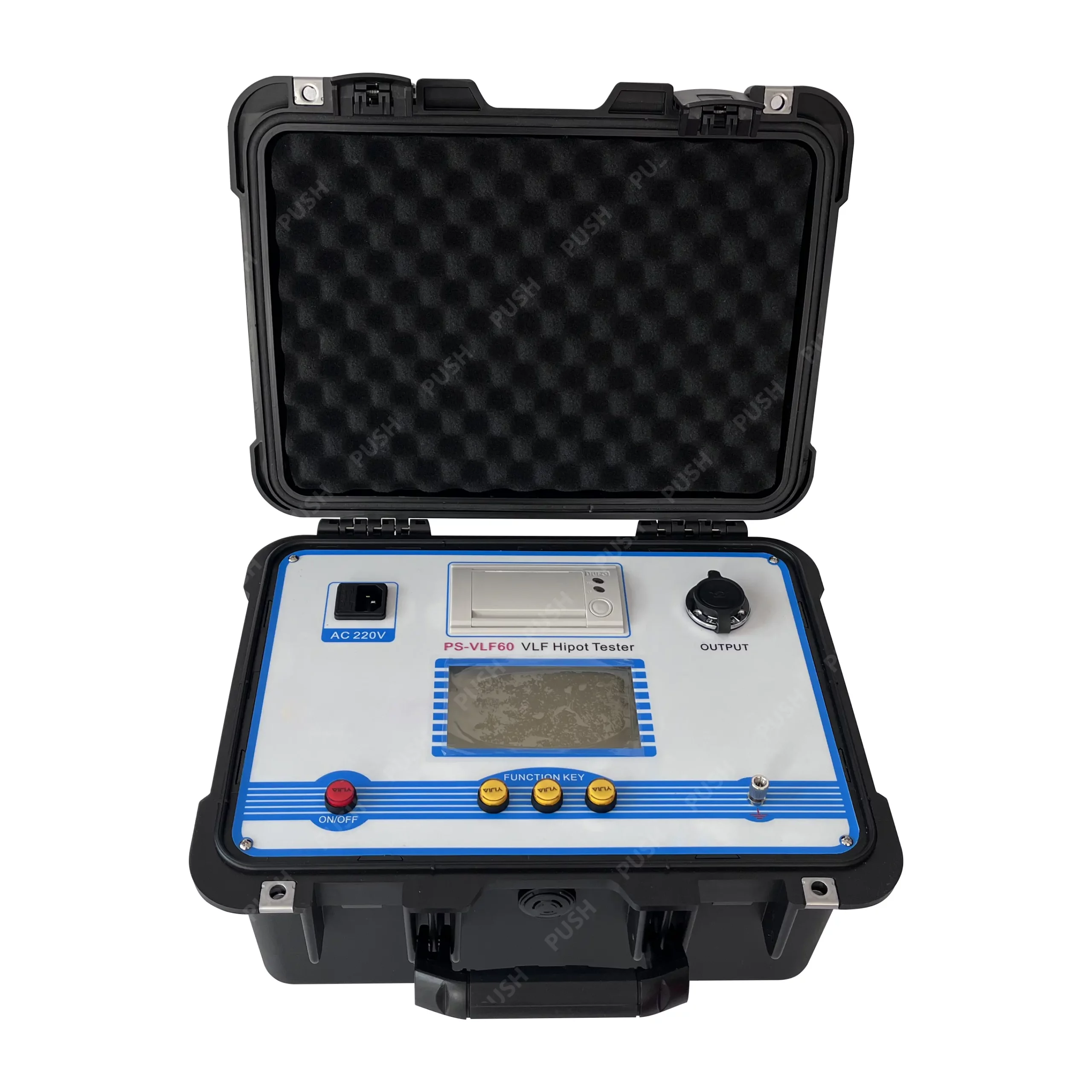A dielectric withstand tester, also known as a high-potential (hipot) tester, plays a key role in application quality assurance, particularly in industries involving electrical and electronic equipment. Here are the key roles of a dielectric withstand tester in ensuring application quality assurance:
Insulation Integrity Testing:
The primary role of a dielectric withstand tester is to assess the integrity of insulation systems in electrical equipment. It applies a high voltage to the equipment to test its ability to withstand the specified voltage without experiencing electrical breakdown. By subjecting the insulation to higher voltages than normal operating conditions, the tester detects any weaknesses, defects, or insulation breakdown points that could compromise the equipment’s functionality or safety.
Verification of Compliance:
Dielectric withstand testing helps verify compliance with industry standards, regulations, and safety requirements. Many industries have specific standards, such as IEC 61010 and UL 60950, which define the minimum dielectric strength or withstand voltage levels that electrical equipment must meet. By performing dielectric withstand tests, manufacturers can ensure that their products meet these standards, providing assurance to customers and regulatory bodies that the equipment is safe and reliable.
Early Detection of Insulation Issues:
Dielectric withstand testing is conducted during the manufacturing process as well as periodic maintenance to detect insulation issues at an early stage. By applying high voltage stress to the equipment, the tester can identify insulation weaknesses, such as improper assembly, degraded materials, or manufacturing defects. Early detection allows for timely corrective actions, reducing the likelihood of equipment failure, improving reliability, and enhancing overall application quality.
Prevention of Electrical Hazards:
Dielectric withstand testing helps prevent electrical hazards by identifying potential faults or weaknesses that could lead to electrical breakdowns, shocks, or fires. By subjecting the equipment to voltages higher than its normal operating levels, the tester ensures that the insulation can withstand abnormal conditions and avoid dangerous situations. This testing is particularly important in applications with high voltages, such as power distribution systems or medical equipment, where electrical safety is critical.

Quality Control and Assurance:
Dielectric withstand testing is an essential part of quality control processes for electrical equipment manufacturers. By performing stringent testing on finished products, manufacturers can ensure that each unit meets the required dielectric strength and safety standards. This ensures consistent quality and reliability across the entire product line, enhancing customer satisfaction and maintaining a positive reputation in the market.
Preventive Maintenance:
Dielectric withstand testing is also performed as part of preventive maintenance programs for electrical equipment. Regular testing helps identify insulation degradation over time due to factors such as aging, environmental conditions, or mechanical stress. By monitoring the dielectric strength, maintenance personnel can schedule timely maintenance or replacement of insulation components, preventing unexpected failures, and extending the equipment’s lifespan.